
Architecture
Arts
Antiques
Design
Gifts
Home Decor
Interior Design
Green
Food&Wine
Rooms
Textile
Travel
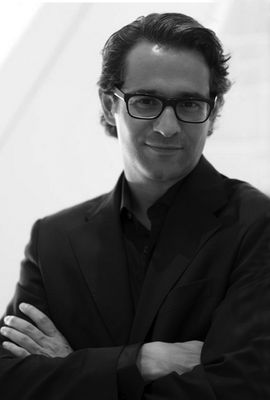
Young, affable, dynamic, intelligent, and above all a courteous, well-dressed and well-mannered gentleman – at first glance Markus Dochantschi of Studio MDA cuts the figure of the good school boy who has risen on the merits of his behavior. However an ever percolating creativity and devil may care spirit lies just below this polished veneer. For a young architect, Dochantschi's list of accomplishments is surprisingly long and impressive. Before founding Studio MDA in 2002 he worked in Japan with Arata Isozaki and Fumihiko Maki, in London with Zaha Hadid, for whom he later was asked to be lead architect on the Contemporary Art Center in Cinncinnati. He's taught architecture and urban planning at Yale and continues to teach at the Advanced Studio at Columbia. A few choice selections from a conversation with this innovator in traditional clothing detail the challenges facing contemporary architecture today and the new perspectives that are being generated to meet them.
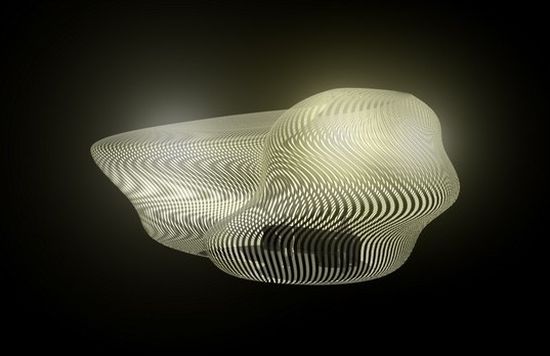
"It all goes back to what Arata Isozaki said to me once. I'd asked him what does it take to be a good architect. And he said, "Well, it takes three things. First when you walk into a space you need to feel something. The second is, that when you have that feeling, you need to understand why did you have the feeling. And the third one is, you have to be able to create a space that will give the same sensation, the same feeling to a third person.
And you know the reason why that is so interesting I think is because a lot of times we trade that feeling for an animation, or a fly-through. The two are not the same. We think it's an image that we like. We see it from the outside and we think, oh, it's a great building. But have you been there? No. Have you been inside? No. Architecture will always remain a personal, three dimensional experience that you cannot replicate. And for me it's an experience that does not start in the building. The experience starts as you approach the building. That's where the journey starts. And it builds from there."
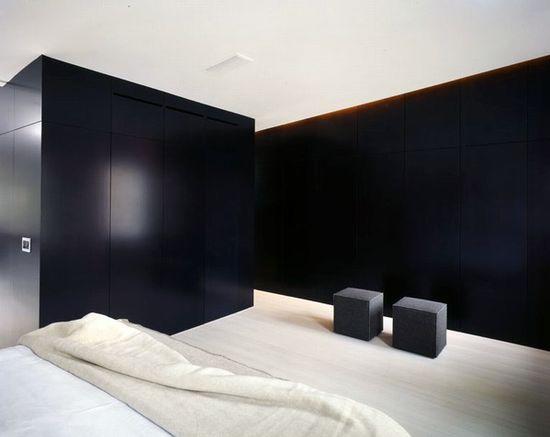
"Having spent a lot of my life in Europen, and now living here in America, I see a general question about cultural identity and heritage. In the beginning I think that America was very much aware of it, and it manifested itself in public buildings like Grand Central, just like it did in Europe, in libraries, airports, and to a big extent of course, universities. In Europe it went beyond that to all schools, kindergartens, all public buildings, which created this critical mass that we call culture, the culture of a city. If you look at it in a European context and you compare it to an American one, I think what you find is that all of a sudden here something got lost. The French for example would never build an airport close to Paris that was not a strong architectural gesture of its time. It just wouldn't be in the French culture or heritage to do that. And they wouldn't try either to build something retro, to make it look like it was old. They'd say, this is our culture, this is our heritage, this is our history up until today, so let's make a statement about today. And that of course creates and adds to heritage and identity. When I look around here I'm just shocked. I'm shocked when I look for example at JFK. How come this was not the result of an international design competition so that we could have had an amazing airport in NY? To me this is a downfall. I think there's a national responsibility that is just not seen, not recognized today in the US and my hope is that this is something that will come back. I think the government understands that if you want to have a legacy you need to have architecture because architecture will prevail over many years and it will create a memory.
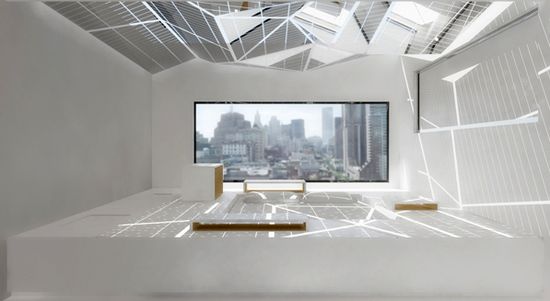
Now, if we had had this kind of understanding of our time, we never would have built this ugly airport. We would never build a bad train station or a school that looks like a prison camp. So how do you achieve that? You have to push the standards by doing competitions. I think competitions are an incredibly important platform which unfortunately in the US has lost its importance. That to me is a cultural downfall and a very big problem. For example, my firm is building a huge university in Germany. This is a $50 million project that was a competition. We won first prize and it will be our first building in Germany. But if you go back to people like Renzo Piano or Richard Rogers, who designed the Centre Pompidou, and really it doesn't matter whom you go back to, you'll find that the opportunity that they had to design and eventually build something was all the result of winning competitions. That culture in the US is, I would say, close to non-existent. And of course if you take no risk, you can make no change. I think risk taking is a part of progress. If you're looking for innovation, you have to take a risk. If not, you're just replicating. Now there's replication that is, let's say decorated, but really it's just replication. If you look around, and here perhaps I'm not being quite fair to all projects, but I think you'll find in general that the signature projects were just about all privately developed. And of course private developers have competitions. In Germany you have competitions where say twenty five people compete and of those twenty-five, five have been pre-selected. Ten are selected from those who apply. And ten are chosen by lottery, which means, anybody has a chance to get in. And sometimes those people win!
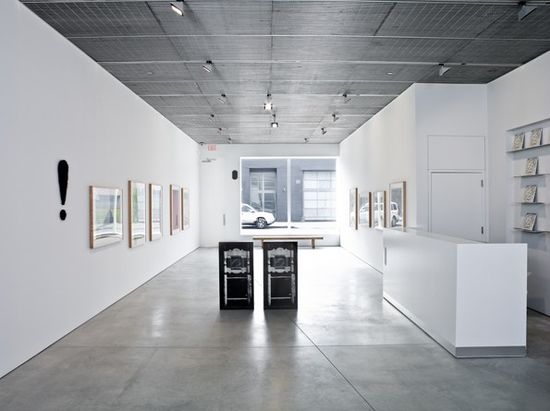
"Architecture as an art is very old-fashioned and the way we operate hasn't changed all that much throughout time.
However you don't learn everything in architecture school. The teaching of design has been better adapted to the contemporary world than the teaching of architecture. I took my students to visit the Milan School of Fashion and I was amazed at what a fashion student learns. It's what an architect should learn. The Milan School of Fashion program includes, for instance, production/fabrication, design, marketing and distribution. They learn the whole spectrum of what you'll be needing when you're out there in the world.
I actually worked as a construction worker for six months before I studied architecture because I wanted to know how to do it. And what was important about that experience was not only learning how to do it but also understanding who was doing it. Today when I go to a construction site, I treat the workers with a lot of respect but when someone tells me that what I'm asking cannot be done, I take off my jacket and I do it. They look at me like I'm crazy and then all of a sudden they jump in because they don't want to be outdone. It's important to learn all these steps which are not necessarily the things you're learning in architecture school."
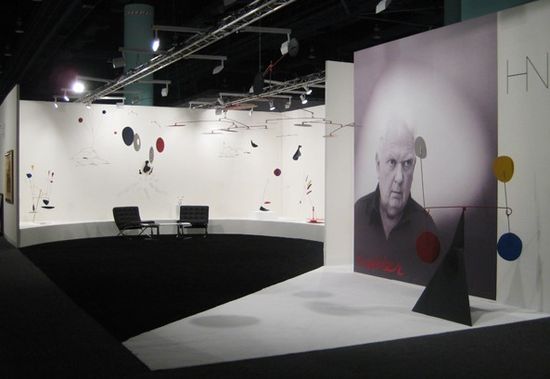
"What amazes me is that people don't have the courage to actually go down the route of taking a risk. I have these clients and I said to them, let me understand something. You're buying the newest Astin Marten because you love the design. You're going to wear a Prada suit or an Alexander McQueen or a Jean Paul Gaultier and you completely feel that that's you. And then you're going home and you sit down in an apartment that could be your mother's. Why? I think people don't have the courage to go out of that box and out of that comfort zone, so instead they go back to what they know. And that courage – and I actually think that courage is an important word – that courage is something more people had in the fifties and sixties and seventies than they do today. They had the courage to say, let's change something that will make me feel completely different. "
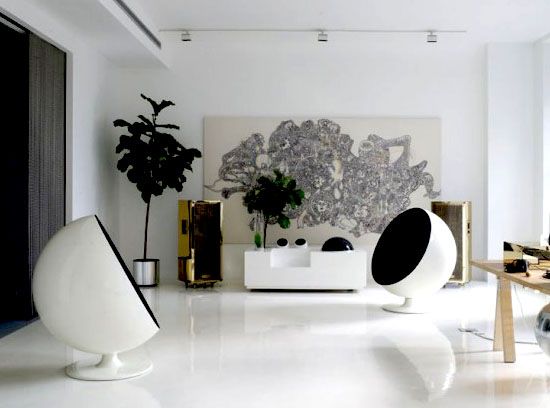
"I actually had one client on the Upper East Side who had that kind of courage. This couple came to me and said, we want you to design an apartment that looks like the year 2020. So I went with them to their former apartment and they said to me, what do you think we should take? And I said, I like that chair. That's it…. and they said okay. So the story is that they literally moved with two taxis! They left almost everything behind. They moved, and in the end, they loved their new place and didn't look back. They were very open-minded and they had the courage to make a change. For interior projects one of the things I hear the most when I ask for a reference is, "What I really liked is when we stayed in this hotel…. " because that is something that they can test for a limited time, and then they're more able to say yeah,I really would like that for my home. This gave me the idea of designing a hotel that was really extreme, where I really pushed things. Then I could send someone there and tell them, okay, I want you to spend a few days here and tell me if you like it. Just go to room number 15 and stay there for the weekend, and if you're not happy, go to room number 12 because that's a little bit more enclosed, but if you don't like that one, you can try room number 9…. And this way they could really test a space."
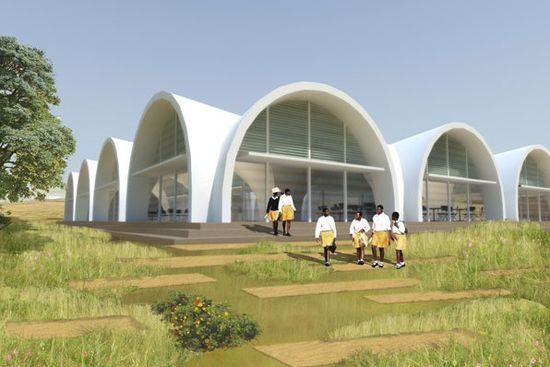
"There are different categories of schools and I would say the design of a school depends on many things, first the age of the children for whom you're designing the school. If you look at primary schools, for example, I think one thing that is really important is to understand the scale that a child perceives. Because if you remember what it was like as a child, the feeling you had when you entered certain buildings, and then you go back twenty years later, you'll find that everything looks much smaller. Scale is very important. The second thing with schools is that the classroom really has to have two things. It has to have light, and it has to have air. So scale, light, air, and then you have to think about sound. These are the key ingredients for the classroom. Outside the classroom what I think is important is that you create areas for interaction. You can't just provide an area and call it the playground. Programming is important. "
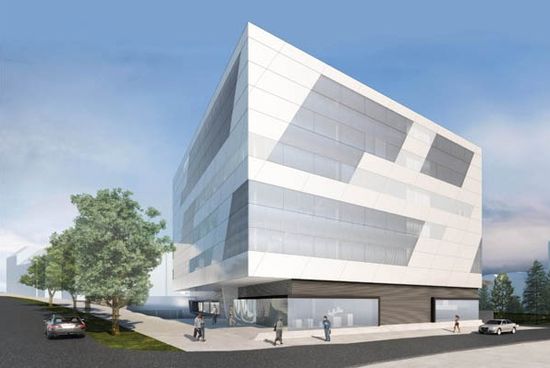
"And the interesting thing about playgrounds is that even if it is a bad playground, children will find ways to program it; they'll draw something on the floor or they'll find ways to adopt it or turn it into something that works. But sometimes the playground is more a product of desperation to make it fun rather than something that you've really curated. And I think it can be curated. I think you can create niches that give comfort while there are other areas where a big group can come together. For example, in one of the schools we did, we made sure that the waiting area, the area where the children gathered before going into the classroom, was actually an area that they would like to be in, almost as important as the actual classroom. Because that's where the kids interact, that's where they talk about things, they talk about the class before going in, they talk about what happened in the class after they leave. The other thing that's important about a school is safety, safety for students to stay in and safety also from those who are outside and shouldn't come in. But what this does as well is creates the feeling that you're in a prison, captured, enclosed. It doesn't encourage you to feel free. And based on that, the question for us has always been, how do you soften that edge while maintaining the security. How can you create security while at the same time having a complete, open and transparent flow not only from the outside to the inside but also on the campus. I think that this is also important for schools because it teaches a sense of openness. And it teaches you to be alert."
Markus Dochantschi
studioMDA
102 Franklin St
New York, NY 10013
Tel: (212) 343-3330

